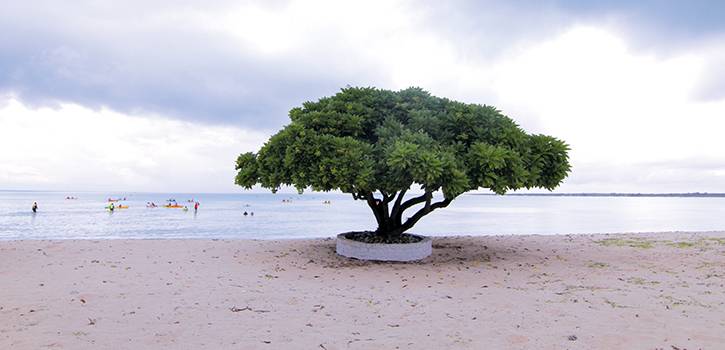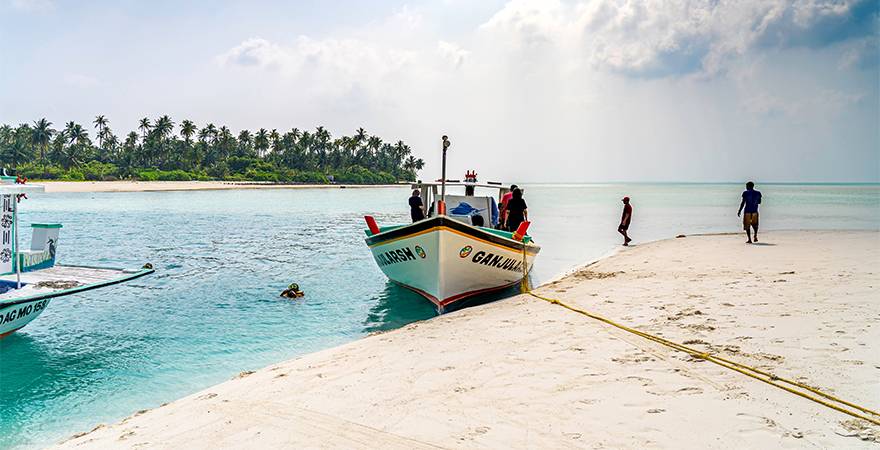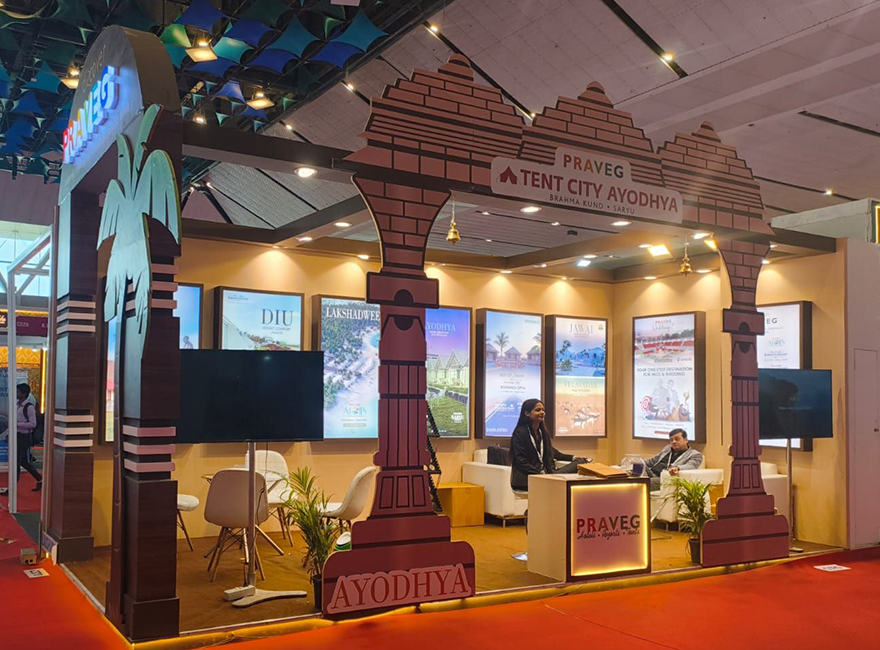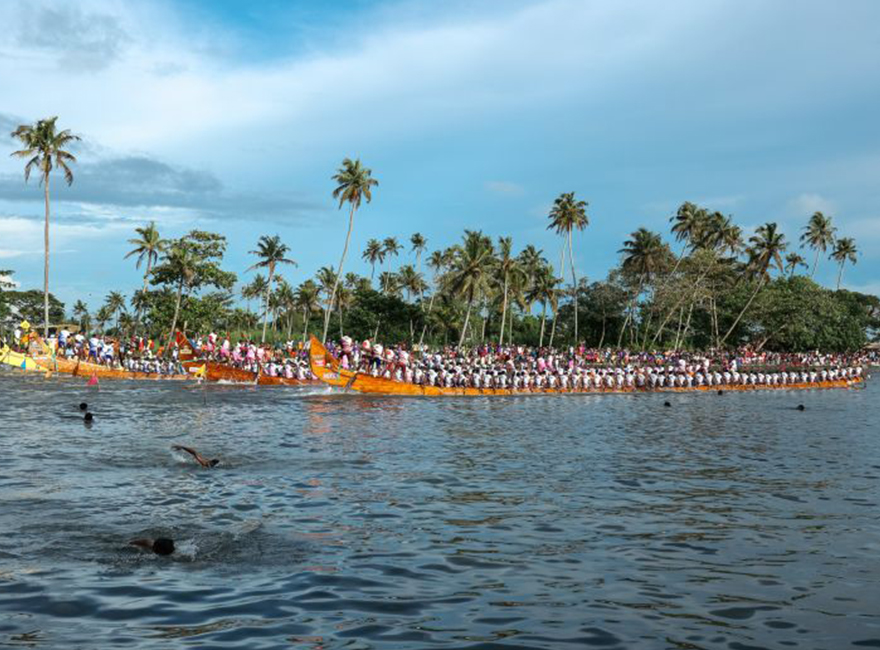Lakshadweep is pioneering a new era of sustainable island tourism, focusing on eco-tourism to embrace the advancement of an economy, environment, and culture. Its story offers hope to other island destinations striving for a future where nature, culture, and development can coexist. By promoting eco-tourism in Lakshadweep, visitors can enjoy the islands' natural beauty while contributing to the preservation of its unique ecosystem and cultural heritage.
Lakshadweep's Unique Natural Wealth

The Lakshadweep archipelago consists of thirty-six islands, of which only ten are inhabited. It is best noted for its beautiful coral reefs, lagoons with blue and green hues, and rich biodiversity. The islands provide a stunning ecosystem that hosts tropical fish, turtles, and endangered terrestrial species. Unique habitats face threats from rising sea levels and coral bleaching, and the protection of the islands' unique character is paramount. Local communities are natural stewards of these unique assets and are highly aware of the ecological and cultural values of these assets.
Eco-Friendly Tourism Infrastructure
Tourism development in Lakshadweep has been well-thought-out with a commitment to sustainable practices, particularly in Lakshadweep. Limits on development reduce possible large-scale environmental impacts, and due to the stewardship embedded in local cultures, ongoing projects demonstrate how both residents and tourists are involved with the benefits of new and existing tourism facilities and services. A limited number of guesthouses or resorts located on the islands practice an eco-friendly agenda, which includes such initiatives as solar energy production, rain harvesting, and robust waste management systems. These initiatives support efforts to both reduce carbon footprints and minimize water wastage, allowing guests to immerse themselves in the surroundings of nature and local communities while promoting eco-tourism in Lakshadweep.
Responsible Adventure and Recreation
Lakshadweep is well-known for engaging in ecologically sensitive adventure tourism. Sports such as snorkeling, scuba diving, and kayaking have strict guidelines to protect marine systems, specifically coral reefs, which are both sensitive and fragile. Tourists are provided with responsible diving training and given opportunities to participate in supervised nature walks and educational tours that focus on conservation. The format provides both excitement and insightful learning experiences that lead to greater appreciation and understanding while tourists are visiting.
Community-Led Sustainable Tourism
The hallmark of the Lakshadweep model is the involvement of local communities to inspire a sense of stewardship. Community members play major roles in the planning and management of tourism experiences, including permit systems that limit the number of visitors. Community tourism based on local involvement ensures the unique culture/ way of life, art, and crafts can be showcased directly to consumers/travellers. Capacity building processes are being developed to engage and assist islanders with new skills to work in tourism systems. This lifts the model of economically inclusive tourism and embeds stewardship into all levels of tourism.
Regulatory Safeguards & Government Support
Lakshadweep is protected through visitor regulations for some of the islands to manage visitor access and mass tourism to maintain an ecological balance. Lakshadweep is also a key beneficiary of India’s Swadesh Darshan 2.0 Scheme, which provides significant new investment in sustainable types of destinations and infrastructure complying with environmental and coastal regulations. Workshops, partnerships, and collaboration with organizations such as the UNEP and the Responsible Tourism Society of India provide more pathways to achieve best practices.
Cultural Preservation & Authenticity
Lakshadweep’s colorful culture, which includes traditional music and dance, along with artisanal craftworks, is being woven into the region's tourism initiative. Cultural tourism promotes meaningful engagement for visitors, including heritage walks and food-related experiences, which in turn fosters local pride and values for the island's traditions. Sharing a destination's customs and heritage develops respect and continuity for future generations.
Investing in a Green Future
Lakshadweep's ongoing innovation includes a focus on renewable energy, sustainable transport and transportation systems, and sustainable waste management practices. Tourism revenue is reinvested back into the local environment and infrastructure, so that growth can benefit both the people and the environment. Additionally, the aspects of development in the island's territories inform and engage local voices to ensure that new opportunities are being developed, along with a framework of legal and environmental safeguards, leading the way for sustainable economic practice.
Conclusion
Lakshadweep's strategic and interconnected approach to eco-tourism demonstrates that sustainability and growth are not mutually exclusive. Engagement with all stakeholders, empowerment of local communities, and a firm commitment to the care and protection of its natural and cultural treasures have positioned Lakshadweep as a landmark for sustainable tourism in India and beyond. Travelers can enjoy an authentic and meaningfulexperience of eco-tourismin Lakshadweep, gaining knowledge while ensuring they leave a positive impact on both the local community and the environment.







